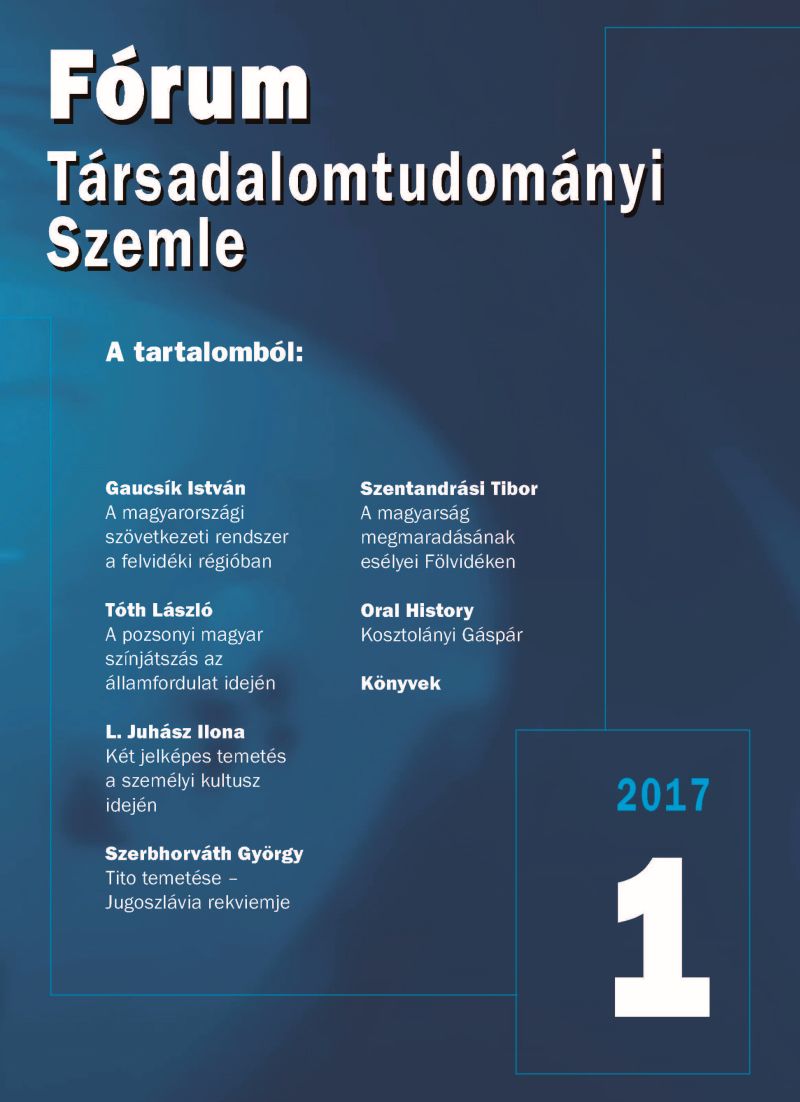
Az irodalomoktatás új kihívásai
Erdélyi Margit (szerk.): Az irodalomoktatás új kihívásai. Budapest, Gondolat Kiadó, 2014, 282 p.
More...We kindly inform you that, as long as the subject affiliation of our 300.000+ articles is in progress, you might get unsufficient or no results on your third level or second level search. In this case, please broaden your search criteria.

Erdélyi Margit (szerk.): Az irodalomoktatás új kihívásai. Budapest, Gondolat Kiadó, 2014, 282 p.
More...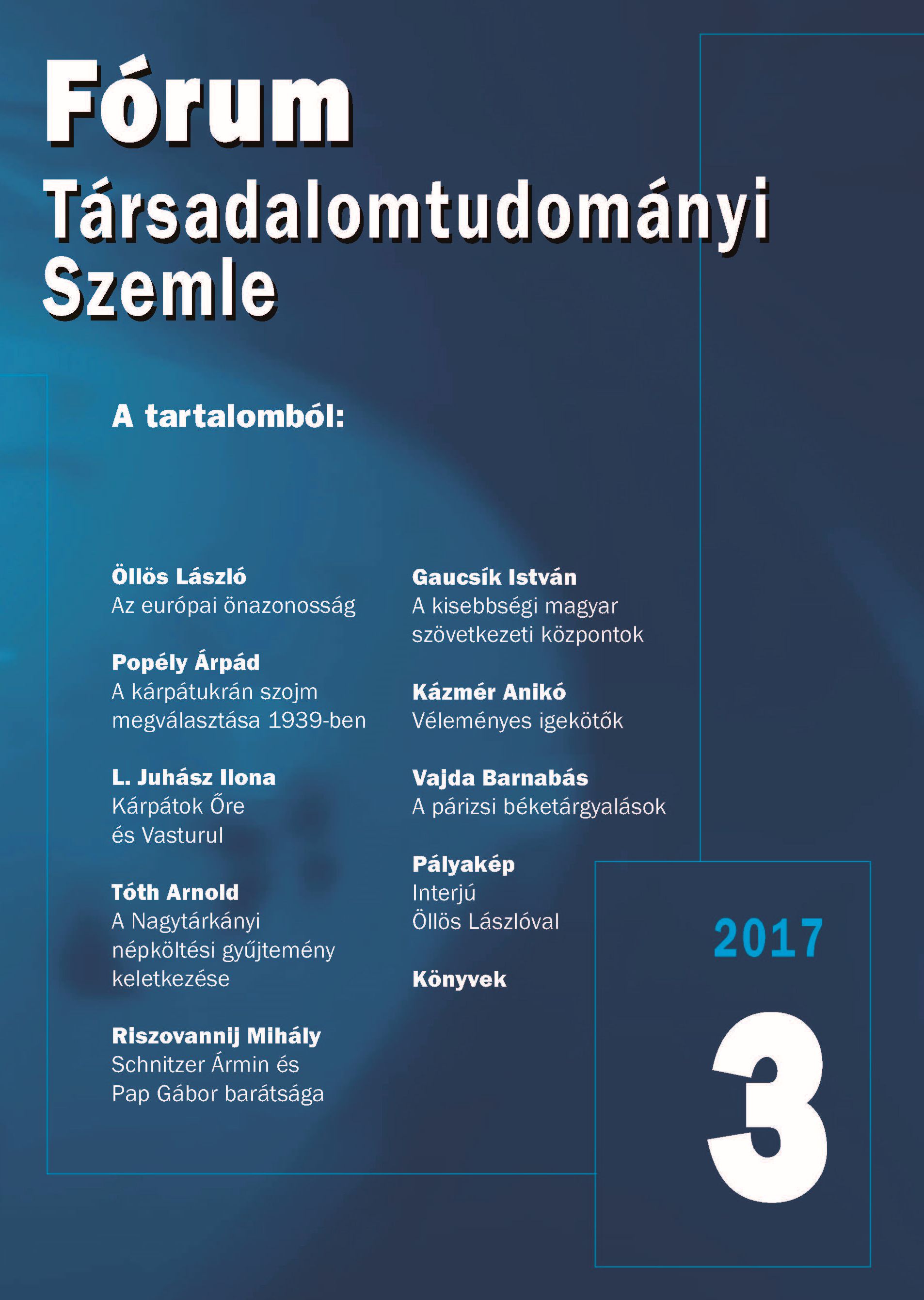
Roman Catholic priest Péter Lázár (1893–1942), as a student, in the years 1913 and 1914 carried out a collection of folk poetry in his native village of Nagytárkány. The framework of this activity had been provided by a national programme lasting several years. The collection starting in 1912 was organized by the Hungarian Ethnographical Society and the Hungarian Department of Folklore Fellows among secondary school and university students. The winning project of Péter Lázár has been preserved in an excellent condition in two handwritten booklets of 301 pages, and can be found in the Ethnological Archives of the Museum of Ethnography in Budapest. The beautiful handwritten, orderly collection classified according to theme and genre, contains folk songs, ballades, description of customs and folk beliefs, as well as texts of children´s folklore. In addition to materials of Nagytárkány, the manuscript has included texts from further municipalities too, such as from Keresztespüspöki, Eger, Parád, Ajak and Vásárosnamény. The publication entitled Nagytárkányi népköltési gyűjtemény (English: A Collection of Folk Poetry of Nagytárkány) is an equivalent critical edition of the entire manuscript. The introductory study presents the story of the collection and the biography of Péter Lázár. The collection of more than 500 texts complemented by notes and first line index helps to preserve text tradition, and contributes to further comparative research.
More...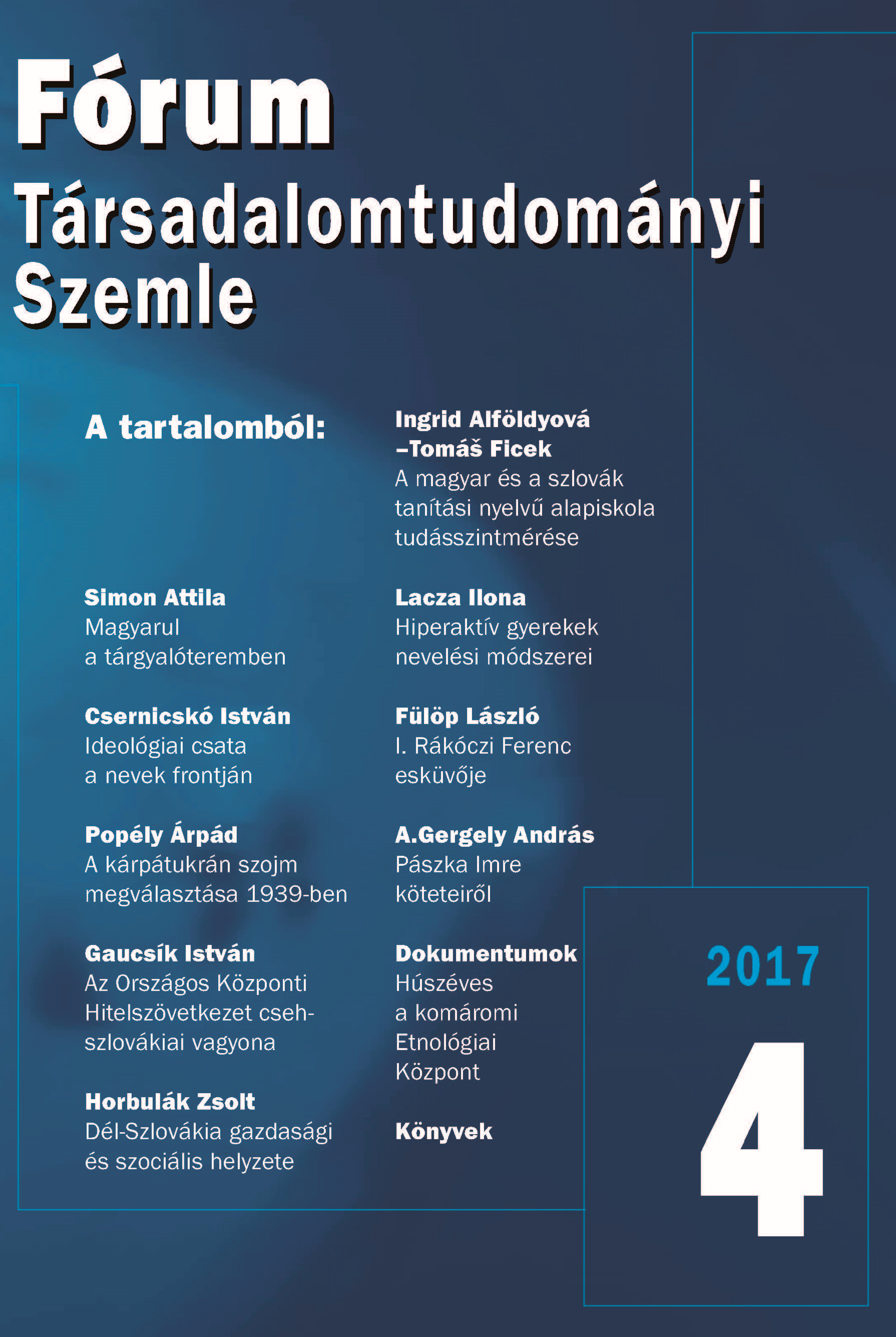
Csehy Zoltán–Polgár Anikó (szerk.): A mittelszolipszizmus terei. Tőzsér Árpád életműve (poszt)modern kontextusban. Media Nova M, Dunaszerdahely, 2017, 192 p.
More...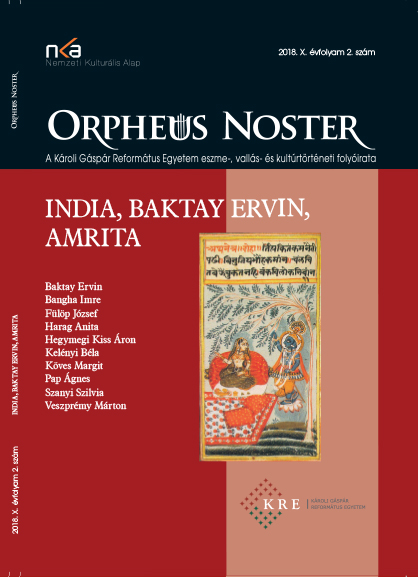
Amrita Sher-Gil (1913–1942), who is considered to be the founder of modern Indian painting, spoke Hungarian and had many contacts with Hungarian literature and music. Her childhood diaries and letters published in 2010 in English display her Hungarian contacts and her multifaceted Indian-Hungarian-European identities. The study gives a brief insight into her early acquaintance with Hungarian fairy tales, ballads and novels. Sher-Gil called later Hungarian literature ‘her passion.’ The poetry of Ady was the most powerful influence on her painting, and the melancholy of Ady’s poems is reflected in some of her paintings, for example, Hill People, Hill Women or Group of Three Girls. Ady’s Hungarian-EuropeanEastern identities and their changing, multiple meanings was also important for Sher-Gil (Young Girls). In the final part of the paper, I present and interpret a hitherto unknown poem by Sher-Gil, a collage of Ady’s works.
More...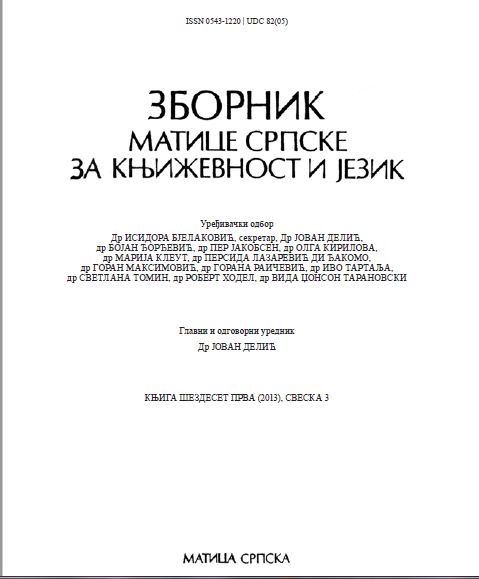
The author analyzes the complex translating, literary critical and literary historical work of Sava Babić (1934-2012) and observes it in the wider framework of Hungarian literature and culture as a expression of love that thinks and understands the Other. When translating from Hungarian even in the 1960s Babić created a translating opus which is impressive both because of the choice of pieces and the total scope and the boldness of linguistic and stylistic choices. Together with his great translating and essay role model Stanislav Vinaver, he thought that translating was the creativity in the highest degree and that it expressed the creative personality along with the awareness of the original and the awareness of the possibilities of one’s own culture.
More...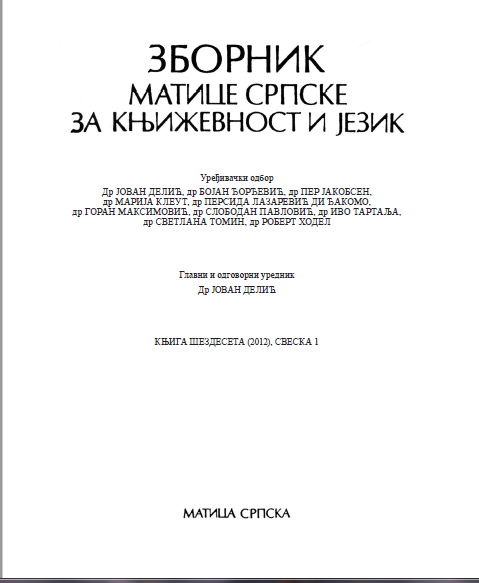
Ова студија представља покушај да се, ослањајући се на две релативно равноправне и паралелне методолошке основе, систематизује и истражи један специфичан поджанровски облик романа - роман путовања, са нагласком на његовој појави у опусима шест репрезентативних писаца мађарске књижевности XX века. Прва од те две методолошке основе јесте књижевно-историјска, а друга жанровско-поетичка.
More...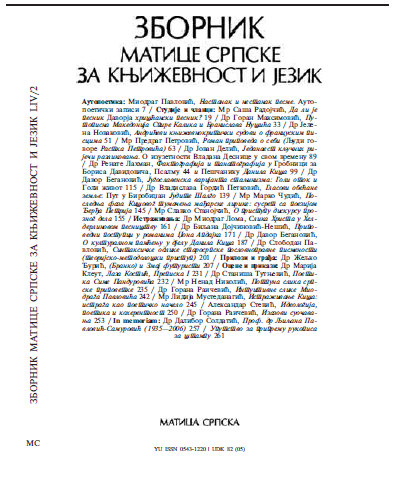
Danilo Kiš discovered the poetry of his Hungarian contemporary Gyorgy Petri during the 1980’s. Kiš translated quite a respective number of Petri’s poems and published them in Serbian literary magazines, but he never collected those translations nor did he publish them in a form of a book. The poetry of Gyorgy Petri is somewhat different to that what Kiš by that moment translated from Hungarian poetry due to the fact that Petri’s poetical expression is deliberately de-poeticised and vulgarised and leads a kind of a critical and polemic dialogue with the tradition of pre-war Hungarian esteti- cism and it’s conception of poetry as an emanation of beauty. In these translations it happened for the first time that in some elements Kiš did not stay faithful to his very strict poetics of literary translation by nearing Petri’s poems to the Serbian poetical tradition. It is quite possible that observing Kiš’s choice of Petri’s poems is the best way to see Kiš’s principle to translate only those poems which corresponded with his sensibility and current poetical interests. The spiritual closeness of Kiš and Petri is far beyond the pure motive resemblances and it can be noted in the whole atmosphere and existencial situation of the two author’s lyrical universes.
More...
La lecture du journal intime d’Imre Kertész (Journal de galère), éclaire à plus d’un titre son oeuvre romanesque, notamment la trilogie auto-fictionnelle qui l’a rendu célèbre (Être sans destin, Le refus, Kaddisch pour un enfant qui ne naîtra pas). Il y conceptualise notamment ce qu’il désigne comme étant la «narration atonale», propre à la description d’une vie humaine qui n’est plus celle d’un sujet, ni même celle d’un objet, mais uniquement celle d’un élément d’une structure. La notion de structure, selon Kertész, rapproche l’écriture romanesque (la sienne) et la composition musicale atonale. C’est aussi la structure qui fixe une autre trilogie, sous-jacente et très intime, celle du père, de l’internat et d’Auschwitz. Et ainsi, seule sans doute la musique a pu ramener Kertész à lui-même, la musique allemande.
More...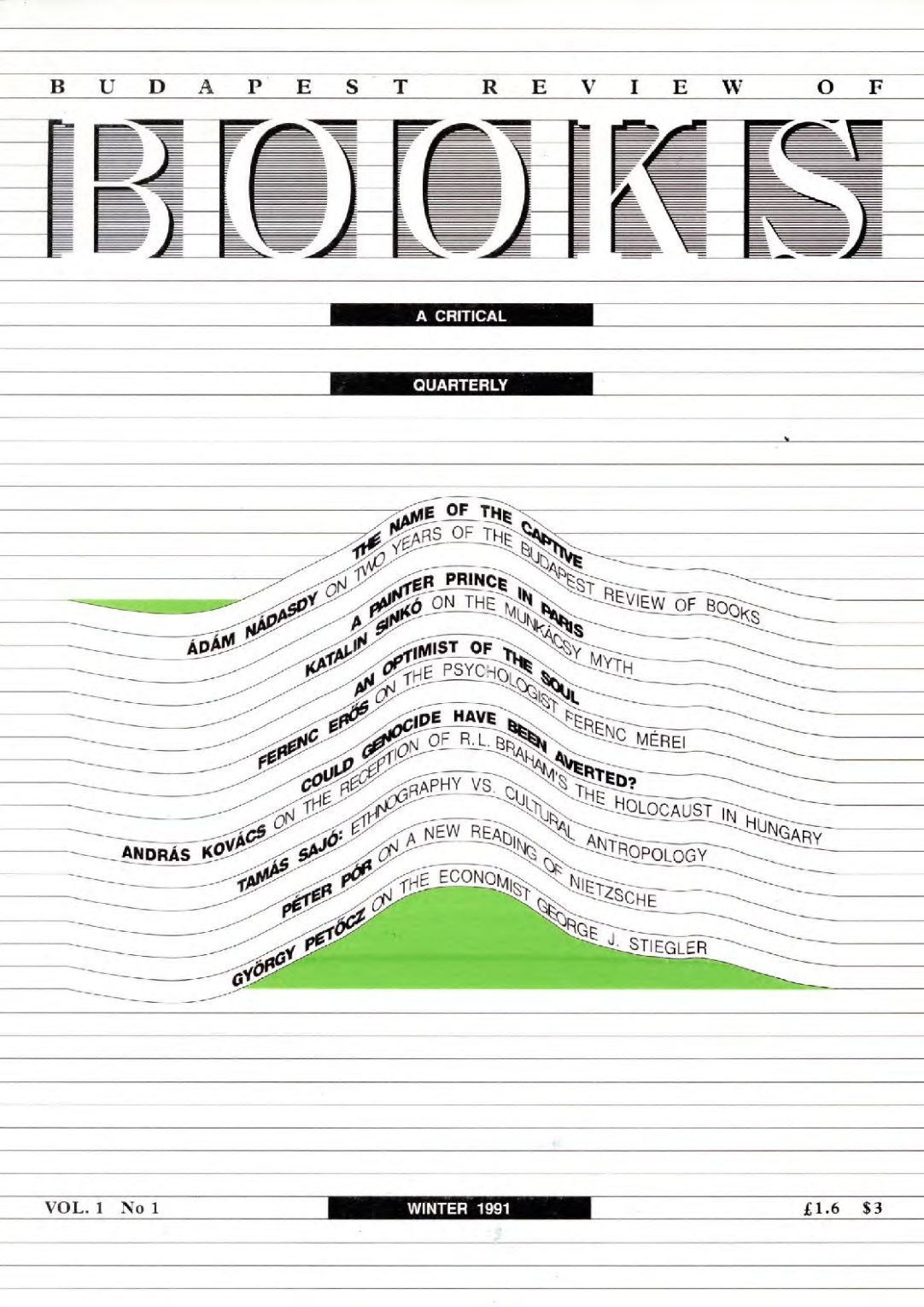
Béla Lázár’s A Munkácsy-kérdés (The Munkácsy Question), published in 1936, provided a controversial overview of the literature on Munkácsy. The author expresses himself at times with a passion that indicates that he connected the problem of the proper evaluation of Munkácsy's painting with the international recognition of Hungarian art as such, and its ranking in Europe. His book is an example of a tradition which has survived in some form in Hungarian art history right up to the present; it can best be described as the teleological^ view. And despite the many monographs and studies on the subject since the publication of Lázár’s book, the Munkácsy question has remained open to this day. Most of the authors were concerned primarily with whether, or to what extent, Munkácsy had fulfilled the cluster of expectations that goes under the name of ‘national art’.
More...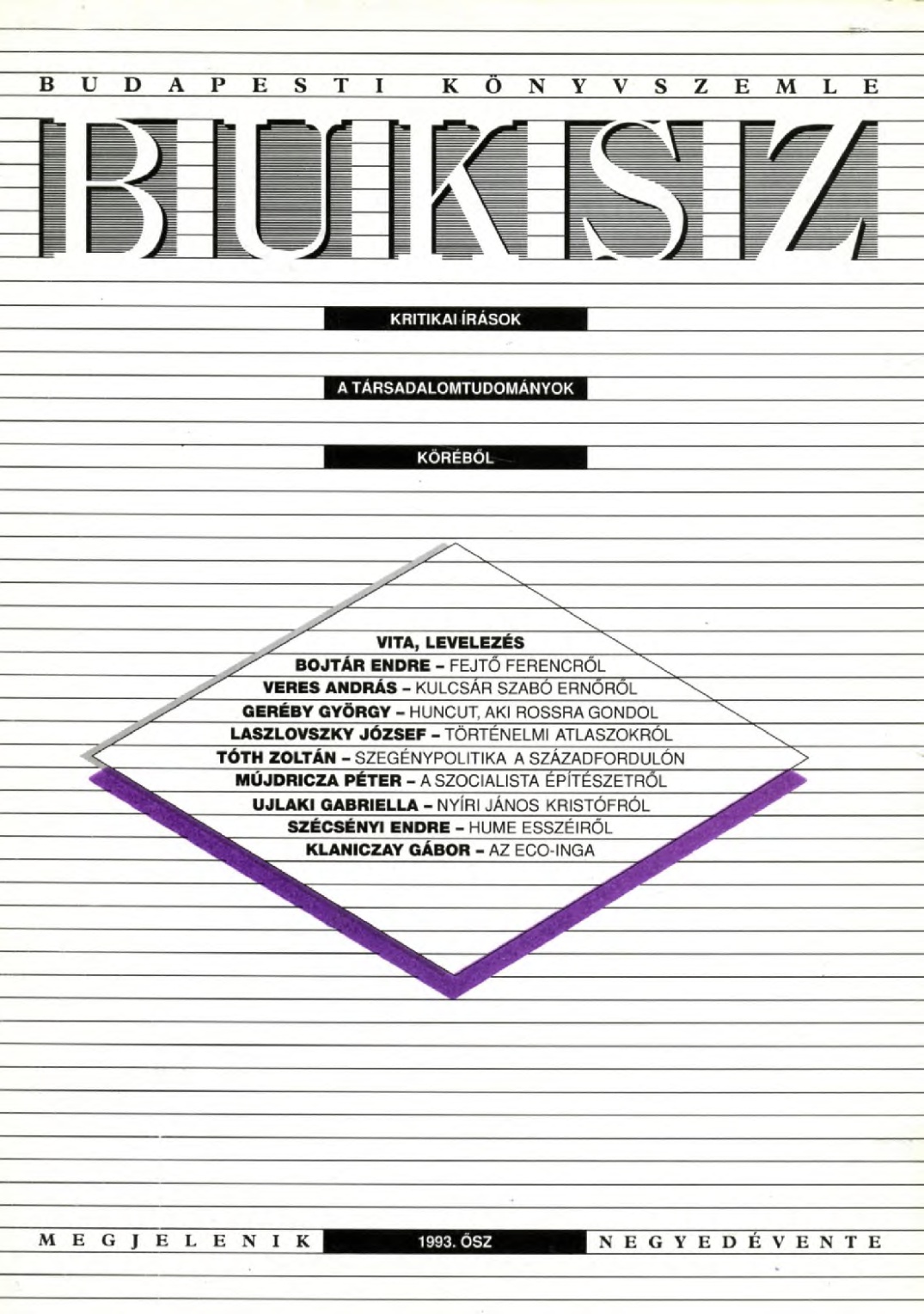
Kulcsár Szabó Ernő újabb könyve mellett nem lehet szó nélkül elmenni: szóvá kell tenni - azért is, mert jelentős szellemi teljesítmény, és azért is, mert távolról sem hibátlan mű. Nem tudok szőkébb tudományterületemen ennél jobb példát mostani helyzetünk átmenetiségének kifejezésére és képviseletére. Megtalálható benne mindaz, ami túllendíthet a jelenünket is kitöltő közelmúlt szánalmas horizontján: nemcsak a régi és új pártpolitikai sugalmazásokat vagy a nemzetféltő szirénhangokat hagyja figyelmen kívül, de az irodalmi életünket immár fél évszázada megosztó népi-urbánus elkülönültséget és a különféle protokoll-listákat is; nem hisz a tudomány és általában a ráció igazságosztó szerepében sem; azzal az igénnyel lép föl, hogy elfogultan elfogulatlan legyen, és ha szükséges, „minden értéket átértékeljen”. Nem kétséges a szerzői szándék nagyvonalúsága, csak az a baj, hogy nem társul kellő eltökéltséggel, s míg az alapvetőnek ítélt ügyekben nem ismer kíméletet, apró-cseprő kérdésekben lépten-nyomon engedményre hajlik. így pedig az eredmény csakis felemás lehet: elmozdulás inkább, semmint fordulat a korábbi szellemi állapothoz képest. Ha már arra szánjuk el magunkat, hogy tövestül vágjunk ki elkorhadt fákat, nem biztos, hogy törődni kell azzal: az itt-ott fellelhető levelek meg ne sérüljenek.
More...
Félreértés ne essék. Ludassy Mária idestova két évtizeddel ezelőtt megjelent első tanulmánykötetének címét parafrazálva nem az a nagyképű szándék vezérel, hogy megállapítsam: az ígéretesen indult szerző azóta mennyiben töltötte be a kvalitásaihoz fűzött várakozásokat. Annyit ugyanis nyomban leszögezhetek, hogy az eddigi életmű értelmetlenné tenne egy ilyen megközelítést. Ludassy neve húsz esztendeje szinte törvényszerűen bukkan fel minden olyan vállalkozásban, amelynek célja a felvilágosodás kori politikai- és morálfilozófia klasszikusainak a magyar olvasó számára való hozzáférhetővé tétele, a szerzőnek oroszlánrésze van abban, hogy e témának ma van színvonalas magyar nyelvű szakirodalma, bizonyos értelemben „tanárává” vált azon bölcsészkari nemzedékeknek is, amelyekkel a katedráról még nem volt alkalma szembesülni.
More...
Tudományos könyvkiadásunk egyre lejjebb hajló kényszerpályán halad, és ez a kritikus számára is okozhat zavart. Örvendetes, hogy a néprajztudomány egyik vezető egyéniségének számító Gunda Béla tanulmánykötetét legalább egy „közművelődési” kiadó megjelenteti. Nem világos azonban, hogy milyen alku köttetett a szerző és a kiadó közt; mennyit kellett engedni a „tudományosságból” azon túl, hogy a jegyzetek - igen sajnálatos módon -, elmaradtak. Az például valószínű, hogy bizonyos közhelyszerű evidenciák talán a szélesebb nagyközönség kedvéért kerültek bele vagy maradtak a műben, különösen ami a Bevezető gondolatokat illeti, amely e kiadás számára íródott. Ezt a fejezetet (a kultúráról és működésének szabályszerűségeiről) mindenesetre most nem tesszük tudományos műnek szóló kritika tárgyává. A cikkeknél azonban már nem tehetünk különbséget, pedig nem tudhatjuk, hogy a válogatásba és a cikkek változó színvonalába - olykor igénytelenül „népszerű” megfogalmazásaiba - mennyire játszott bele a vélt vagy a valós közművelődési igény. Az mindenesetre bizonyosnak látszik, hogy az írások, akár régi, 1956-tól kezdve publikált tanulmányok utánközlései, bővített vagy magyarított változatai, akár itt jelentek meg először, a szerző intenciói szerint szakcikkek vagy tudományos esszék.
More...
Í rásunk címe nem az „örök magyar” sorskérdéseken való - manapság ismét szaporodó - elmélkedések valamilyen újabb produktumára kívánja felhívni a figyelmet. Ehrlich Éva értékes könyve a romantikus elmeszüleményektől eltérően valóban a címben megjelölt témáról szól (sok egyéb mellett). Arról, hogy a valóságos világban, az utóbbi fél évszázad folyamán végbement gazdasági átalakulás eredményeként hol helyezkedünk el - más közép- és kelet-európai sorstársainkkal együtt - a tényleges gazdasági fejlettség tekintetében.
More...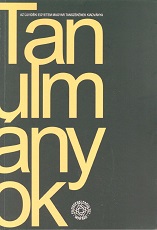
The topic of this paper is the exploration of phrasemes related to the word “koldus” [beggar] not only from a synchronic perspective, but with a focus on their etymologic development. We first examine the diachronic semantic variants of the word “koldus”, and then analyse the diachronic variants of the phrasemes related to them based on the phrasemes related to the beggar’s purse, beggar’s song, and the physical disabilities of beggars. Following Bańczerowski, the world in which a given nation lives/is living, together with their socio-political habits showing their belonging to a given cultural and civilizational circle, is recorded in phraseologisms. The aim of this paper is to point out the phrasemes which could represent the basis of the analysis and serve as a record of the language of the nation, its history, and its culture.
More...
Erzsébet Juhász has always created situations in her epic works which established her protagonists’ issues regarding identity. In her collection of short stories Gyöngyhalászok [Pearlers], it is the family that represents the social environment influencing identity on a fundamental level, and in her novel Műkedvelők [Art Lovers], she presents the cultural conditions defining minority existence in the period between the two world wars. Her final, posthumously published novel Határregény [Frontier Novel], which remained in fragments, is set in parallel time periods: the present of the Balkan Wars and in the period following the dissolution of the Austro-Hungarian Monarchy. The structure, indicative a great epic composition, was formed by the editors based on the completed fragments; however, even these make the author's intent of a parallel between the dissolution of the Austro-Hungarian Monarchy and the distintigration of Yugoslavia palpable. Juhász’s 1993 collection of essays and 1997 collection of studies can, in a sense, be considered the predecessors of Határregény [Fontier Novel]. In her essays, she examines the situation ensuing after the Balkan Wars, the state of existence as a national minority, the question of Central-Europeanness, and the chances of hope from the perspective of a creator. She discovers hope only in a dimension beyond the reach of everyday existence—reading and writing. Her studies on the literature of the Monarchy bear witness to these life experiences as well. This paper examines how the revelations described in the collections of essays and studies by Erzsébet Juhász are represented in the epic text of the Határregény [Frontier Novel].
More...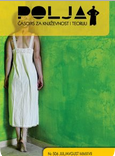
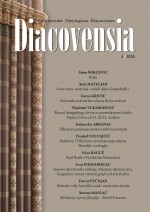
Papa Grgur IX. svojim je pismom od 26. IV. 1238. ovlastio Teo- clorika, biskupa kuna, da svog brata u redovništvu Ponsu posveti za bosanskog biskupa. Zanimljiv je curriculum vitae tog crkvenog velikodostojnika, koji došavši u mjesto Dvaco kao azilant - ni sam ne sluteći-postade utemeljiteljem slavne biskupije đakovačke.
More...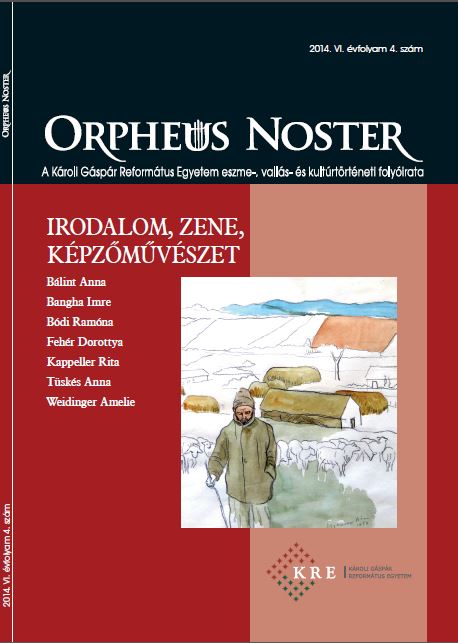
Although Sándor Weöres’s love of Oriental cultures is well known, its vestiges have largely escaped critics’ attention. My essay consists of two parts. First, I highlight some relevant points of contact between Weöres’s poems and Oriental philosophy. On the basis of these, I proceed to consider one of Weöres’s poems. As the title of my essay indicates, I try to examine how the linguistic, compositional and acoustic aspects of the text interact. My hypothesis is that sound behaves as a constructive power in the development of the poem’s meaning. In this respect, Vedic religion may offer several parallels.
More...
The aim of this essay is to map the most prominent features of Magdolna Danyi’s early volume, Sötéttiszta (1975). I propose some possible interpretations which have not been put forth yet. I highlight thematic-motivic correspondences and the poet’s exploration of the objective world’s defining components. Further, I reflect on the ways in which the various modes of poetic diction exhibited in the volume might fit into contemporary Hungarian lyric poetry. Finally, I consider the dialogic nature of Danyi’s poetry, and try to address the problem of the subject’s self-divisive processes. If we are to create an accurate picture of Magdolna Danyi’s early approach to poetry, we have to study her special diction, which aspires to objectivity and subjectivity at the same time.
More...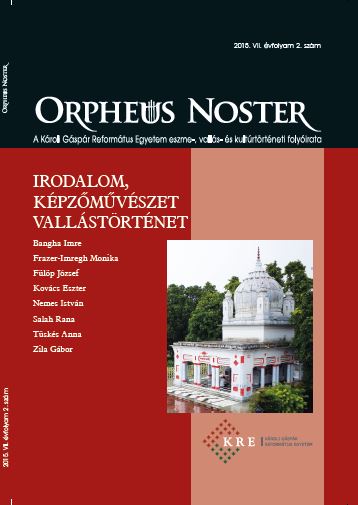
My essay introduces the connection between built-up identities and created spaces in Ádám Bodor’s novel Sinistra körzet (1992). The paper points out that the characters generated by a totalitarian dystopia can only come into existence if they lose all identification marks, and thus an oppressed, peripheral personality is constructed. Besides, to terminate their position as an outlander in the sector, they need to assume a false existence and carry an identification disk. Debating this aspect of the novel requires examining the role of effects inside the sector as well as the connection and the interactions between internal spaces and identities. As a result, the paper reaches an interpretation which explores another side of the Ceauşescu regime.
More...